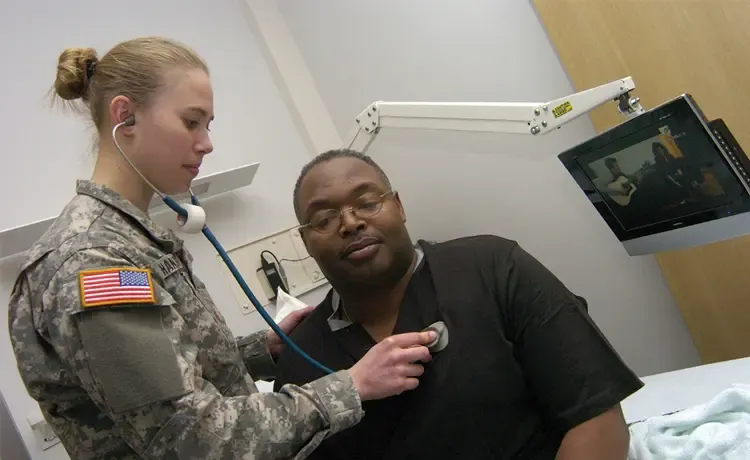From fractured bones to hearing loss, injuries are not uncommon in the military. In fact, more than a million people are actively caring for injured, ill and wounded warriors who served since 9/11. The number of military caregivers, however, isn’t the only reason to raise awareness about Warrior Care.
Warrior Care and Mental Health
The most painful injuries aren’t always physical. Did you know high percentages of Service members are suffering from mental wounds? In 2017, the most self-reported health problems among wounded warriors included:- Post-traumatic stress disorder (PTSD) - 77.4%
- Sleep problems - 75%
- Depression - 70.1%
- Anxiety - 67.9%
PTSD:
PTSD is a mental health problem that some people develop after seeing or living through a traumatic event, such as a natural disaster, a car accident or an assault. Not every person who experiences trauma will develop PTSD. For those who do, the condition may be difficult to understand and cope with at first.QuickFact: 1 in 3 Service members live with PTSD.
Sleep Problems:
Sleep is an issue for many warriors. In 2017, the most common problems bothering Service members were trouble falling or staying asleep, sleeping too much and feeling tired or lethargic. Sleep problems can lead to a wide range of negative health problems, including obesity, hypertension heart attack and stroke.QuickFact: Sleep problems may be secondary to mental health conditions such as PTSD and depression.
Depression & Anxiety:
Depression is a mood disorder that affects how you feel, think and handle everyday life. It's normal to feel tired from time to time, but depression is longer-lasting. It can affect your eating and sleeping, how you think and how you feel about yourself. Depression is a common but serious illness, and those who experience it should seek treatment to get better. Anxiety is a normal response to threat or danger. It's not uncommon for Service members to have feelings of fear, worry and sadness. When anxiety is long-lasting and without relief, this may be a sign of a more significant problem called an "anxiety disorder."QuickFact: Between 2000 and 2012, there was a 327% increase in reported anxiety disorders among Service members.
